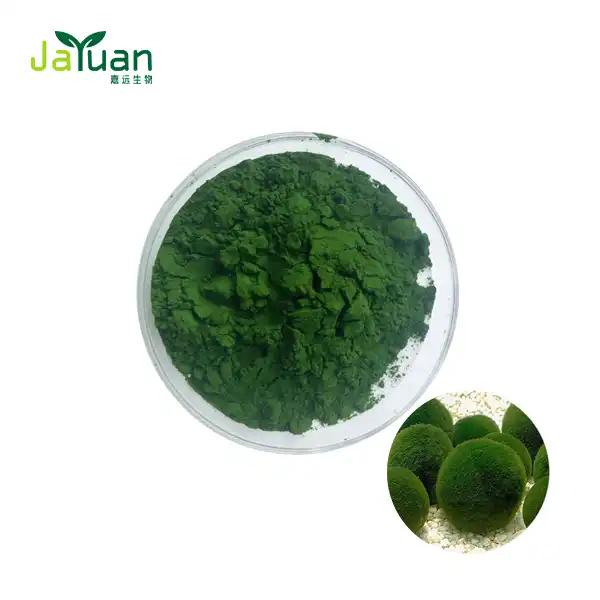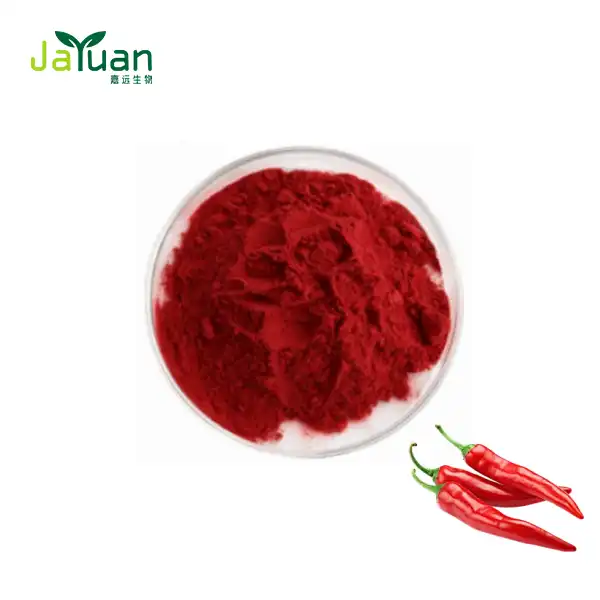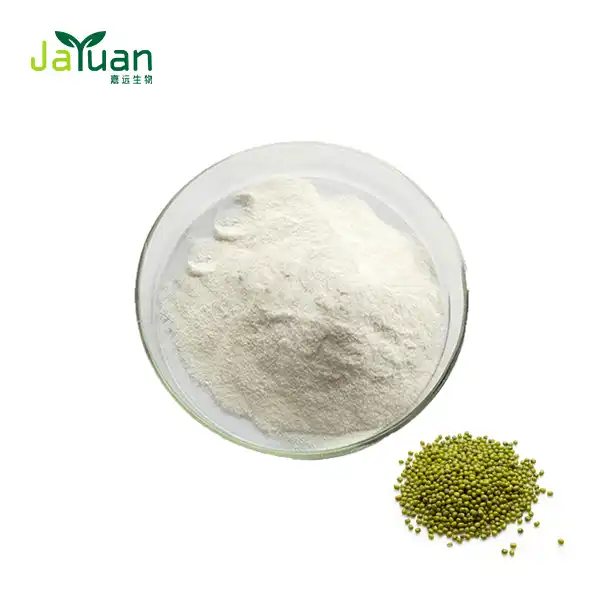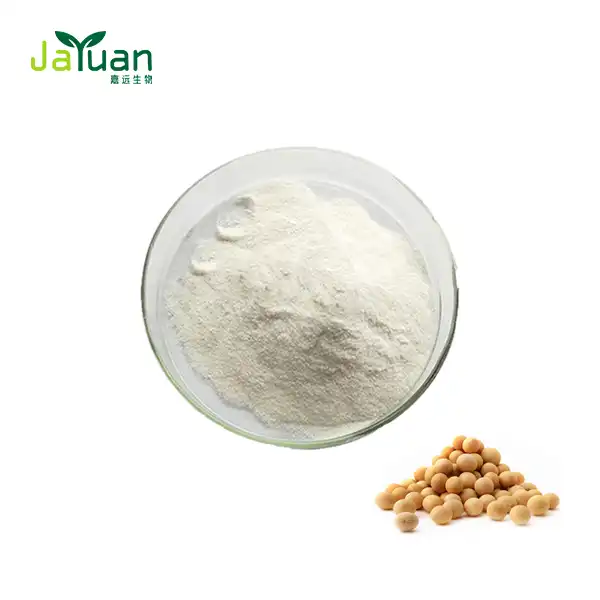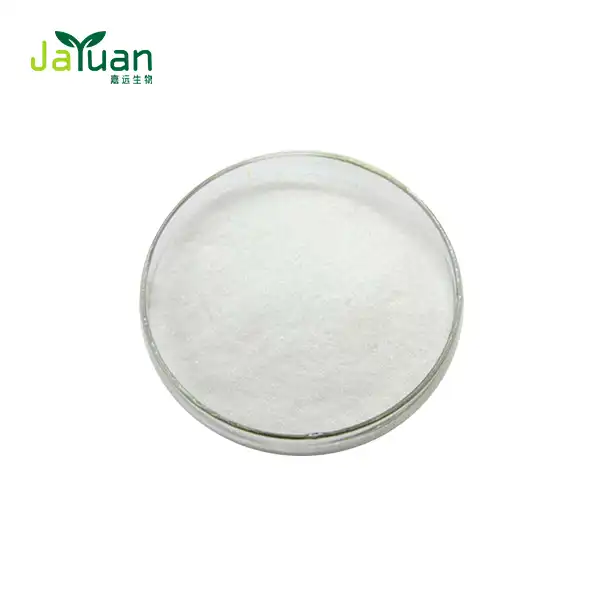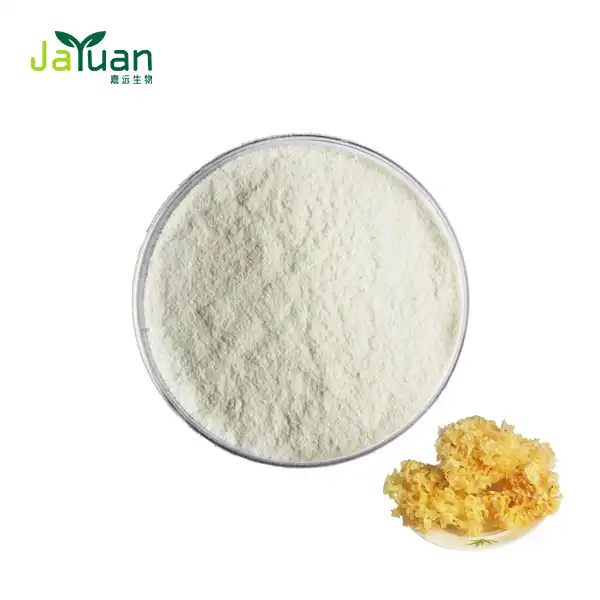What Foods Are High in Genistein?
Introduction
Genistein, a naturally occurring compound in certain plants, particularly soybeans, has gained attention due to its potential health benefits. It belongs to the isoflavone group, known for their phytoestrogenic properties. Phytoestrogens are plant-derived compounds that mimic the hormone estrogen in the body to some extent, influencing various physiological processes. Genistein powder specifically has been studied for its potential role in reducing the risk of certain cancers, improving heart health, and alleviating menopausal symptoms.
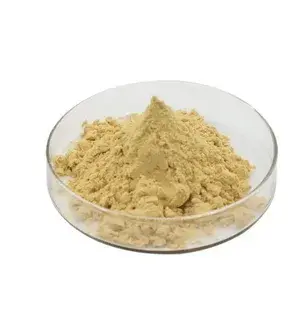
What are the top sources of genistein in the diet?
Genistein, a sort of phytoestrogen having a place with the isoflavone class, is found basically in specific plant-based food varieties. These sources are esteemed for their dietary substance as well as for potential medical advantages related with Genistein powder utilization.
Soybeans and Soy Items: Soybeans are the most extravagant dietary wellspring of genistein. Food sources like tofu, tempeh, soy milk, and soy protein separates contain huge measures of this compound. Soybeans and their subordinates are reliably featured as the essential wellsprings of genistein in the eating routine.
Vegetables and Vegetable Items: Past soybeans, different vegetables like chickpeas and fava beans additionally contain genistein, but in lower focuses contrasted with soy. These vegetables are in many cases referenced in conversations connected with genistein-rich food sources.
Edamame: Edamame, youthful soybeans commonly served steamed or bubbled, are explicitly noted for their high genistein content. Sources, for example, Harvard Wellbeing Distributing stress edamame as a helpful and nutritious wellspring of this phytoestrogen.
Soy-Based Enhancements: Genistein is likewise accessible in dietary enhancements got from soy or soy extricates. A few examinations notice these enhancements as a possibility for people hoping to expand their genistein consumption.
Handled Soy Items: Different handled food varieties produced using soy, like soy burgers, soy wieners, and soy-based snacks, contain genistein. These items are every now and again referenced in wellbeing articles examining plant-based abstains from food and phytoestrogen utilization.
Whole Cereals: While not as rich in genistein as soy, a few entire grains like grain and rice contain follow sums. A few examinations note the presence of genistein in entire grains as a feature of more extensive dietary suggestions.
Flaxseeds: Flaxseeds are at times referenced with regards to genistein-rich food varieties due to their phytoestrogen content, in spite of the fact that they are not as critical a source as soybeans.
Vegetables: Certain vegetables like peas and beans (other than soybeans) contain limited quantities of genistein, adding to generally dietary admission. This data is found in sources talking about plant-based consumes less calories and phytonutrients.
Fruits: While natural products normally contain lower measures of genistein contrasted with vegetables and soy items, a few berries and citrus organic products are refered to for their phytoestrogen content in conversations.
Nuts and Seeds: Genistein is found in trace amounts in some nuts and seeds, like sesame seeds and almonds. These sources are referenced in wellbeing articles zeroing in on plant-based nourishment and phytoestrogens.

How does cooking affect the genistein content in foods?
Genistein, a phytoestrogen found predominantly in soybeans and soy-based products, can be influenced by cooking methods. Understanding how cooking impacts genistein levels is crucial for optimizing pure genistein powder's intake and potential health benefits.
Boiling and Steaming: Boiling and steaming soybeans and soy products can reduce genistein levels. This is because genistein is water-soluble and can leach out into the cooking water. However, these methods are still recommended as they retain other nutritional benefits of soy.
Frying and Grilling: Cooking soy products at high temperatures, such as frying or grilling, may also lead to a reduction in genistein content. Some studies suggest that prolonged exposure to heat can break down genistein and other phytochemicals.
Microwaving: The research notes that microwaving soy products may be one of the best methods to preserve genistein. The short cooking time and lower temperatures compared to boiling or frying help minimize nutrient loss.
Fermentation: Fermented soy products like tempeh and miso may actually increase genistein levels. The fermentation process can enhance the bioavailability of genistein by breaking down complex compounds.
Freezing: Some studies suggest that freezing soy products does not significantly affect genistein levels. Therefore, frozen soy products can retain their phytoestrogen content similar to fresh products.
Processed Foods: Cooking methods used in processed soy foods, such as soy milk or tofu, vary. It's recommended to check labels or refer to manufacturer information to understand how these processes might affect genistein levels.
Optimal Cooking Practices: To preserve genistein, sources advise using gentle cooking methods like steaming or microwaving whenever possible. This minimizes exposure to high temperatures and reduces the loss of this beneficial compound.
Understanding these effects of cooking on genistein content helps individuals make informed decisions about food preparation. Incorporating a variety of cooking methods and opting for minimally processed soy products can maximize genistein intake and potential health benefits. Whether boiled, steamed, or fermented, each method influences genistein levels differently, reflecting the versatility and nutritional value of soy-based foods in diets worldwide.
Can non-soy foods be rich sources of genistein?
While soy items are the most notable wellsprings of genistein, different food varieties likewise contain this compound in more modest sums. Genistein is found in trace amounts in certain grains like barley and rice as well as legumes like chickpeas and fava beans. Nonetheless, these levels are normally lower contrasted with soy-based food varieties. Incorporating these foods into a well-balanced diet can still help people get more phytoestrogens in general if they want to get more pure genistein powder than just soy.
Examination into genistein's wellbeing impacts keeps on advancing, with continuous investigations investigating its possible advantages and ideal dietary sources. Likewise with any dietary part, control and assortment are vital to receiving potential wellbeing rewards while guaranteeing generally nourishing equilibrium.
Conclusion
In conclusion, a significant amount of genistein comes primarily from soybeans and soy products. Different vegetables, entire grains, and certain vegetables, organic products, nuts, and seeds likewise add to dietary genistein powder consumption, but less significantly. The variety of plant-based sources that people can incorporate into their diets to potentially benefit from its reported health-promoting properties is emphasized by the availability of genistein in various foods.
References
1. Messina, M. (2016). Soy and health update: Evaluation of the clinical and epidemiologic literature. Nutrition Reviews, 74(3), 148-167. doi:10.1093/nutrit/nuw001
2. Setchell, K. D. (1998). Phytoestrogens: The biochemistry, physiology, and implications for human health of soy isoflavones. The American Journal of Clinical Nutrition, 68(6 Suppl), 1333S-1346S. doi:10.1093/ajcn/68.6.1333S
3. Yan, L., & Spitznagel, E. L. (2009). Meta-analysis of soy food and risk of prostate cancer in men. International Journal of Cancer, 124(8), 2050-2059. doi:10.1002/ijc.24123

